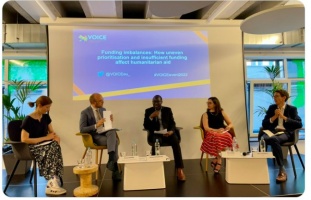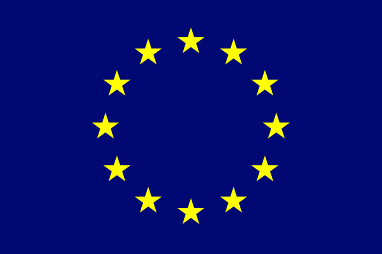VOICE event on funding imbalances in humanitarian aid

In 2021, how many more articles featured Harry and Megan’s interview than the ten most under reported humanitarian crises put together? This was one of the questions which started the panel debate at the event “Funding Imbalances: How uneven prioritisation and insufficient funding affects humanitarian aid” on 21 June in Brussels.
The event aimed to shed a light on insufficient funding for humanitarian crises, on the reasons why some crises attract higher levels of funding and if media coverage plays a role in these unbalances.
Furthermore, it explored how these cuts create a major challenge for humanitarian NGOs in managing ongoing humanitarian crises, leading to serious hardships for people in need.
The network welcomed among the panellists colleagues from two member organisations: Céline Mias, Care International EU Representative and Head of EU Office, who discussed the findings of the CARE report on the most under-reported crisis of 2021 explaining how the organisation works to change the level of media coverage among crises. Milward Mwamvani, Global Head of Triple Nexus and Humanitarian Unit at Läkarmissionen International from Sweden, shared his perspective on the triple nexus approach and how it can help when funds are cut.
Vince Chadwick, a journalist at Devex based in Brussels, shared some key reflections on why some crises are more in the spotlight than others, and what the humanitarian community could do together with journalists to shift the discourse to forgotten and protracted crises while Martin Scott, Associate Professor in Media & Development at the University of East Anglia School of International Development, UK, presented the findings of his latest joint study “The Influence of News Coverage on Humanitarian Aid: The Bureaucrats’ Perspective”.
From DG ECHO E 2, we welcomed Arnaud Dupont, Head of the Unit Programming, Control and Reporting, who explained how resource allocation decisions are made at EU level, when resources are constrained.

